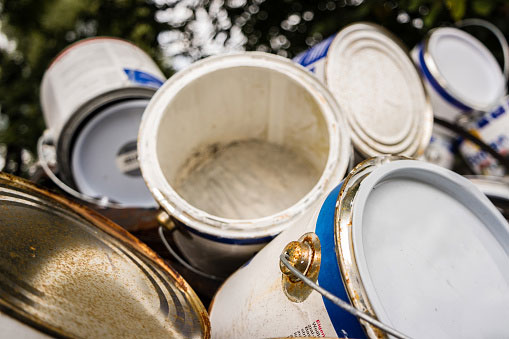
- Sustainability A-Z
- Hazardous Waste Management
Hazardous Waste Management
WM owns six hazardous waste treatment and disposal facilities subject to reporting to the Environmental Protection Agency’s (EPA) Toxics Release Inventory (TRI), a data repository compiled to inform the public about the presence of chemicals in their communities. Under TRI, facilities in certain industry sectors that “manufacture,” “process,” or “otherwise use” listed toxic chemicals above the TRI reporting thresholds must annually report on their environmental releases. WM is required to file annual TRI reports because the EPA includes in its definition of “otherwise use” the placement of chemicals received from off-site generators in modern, secure hazardous waste landfills for land disposal.
Even though TRI-reportable releases must be within levels authorized by permit or regulation, the TRI was initiated to supplement established regulatory and permitting processes and provide communities with information about chemical releases from all the facilities in their vicinity — those releasing emissions to air and water and those containing toxins within structures on their property. As intended by the TRI regulation, disclosure of the total releases emitted in each community has encouraged the regulated community to undertake pollution prevention efforts.
The EPA has affirmed its view that increased quantities of TRI-reportable materials in containment can represent “a generally positive environmental trend because these facilities are in the business of managing hazardous waste and do so under strict controls.” For example, in its most recent commentary about the inventory, the EPA prioritized sites by subtracting emissions to land reported by RCRA Subtitle C-regulated units, because those units were considered to be physically controlling toxic releases rather than emitting them. Moreover, releases are reported differently based on whether they involve placement in RCRA Subtitle C landfills versus other kinds of landfills, in recognition of the stringent regulation of Subtitle C landfills. WM’s emissions under TRI are reported annually in July to the EPA.
WM also focuses on eliminating hazardous substance exposure by working directly with customers. We use our expertise in safely containing hazardous wastes at our permitted facilities to help industrial customers reduce potential exposures at their sites. Our WM Sustainability Services employees work with customers in the design process to reduce the generation of hazardous waste at the outset.